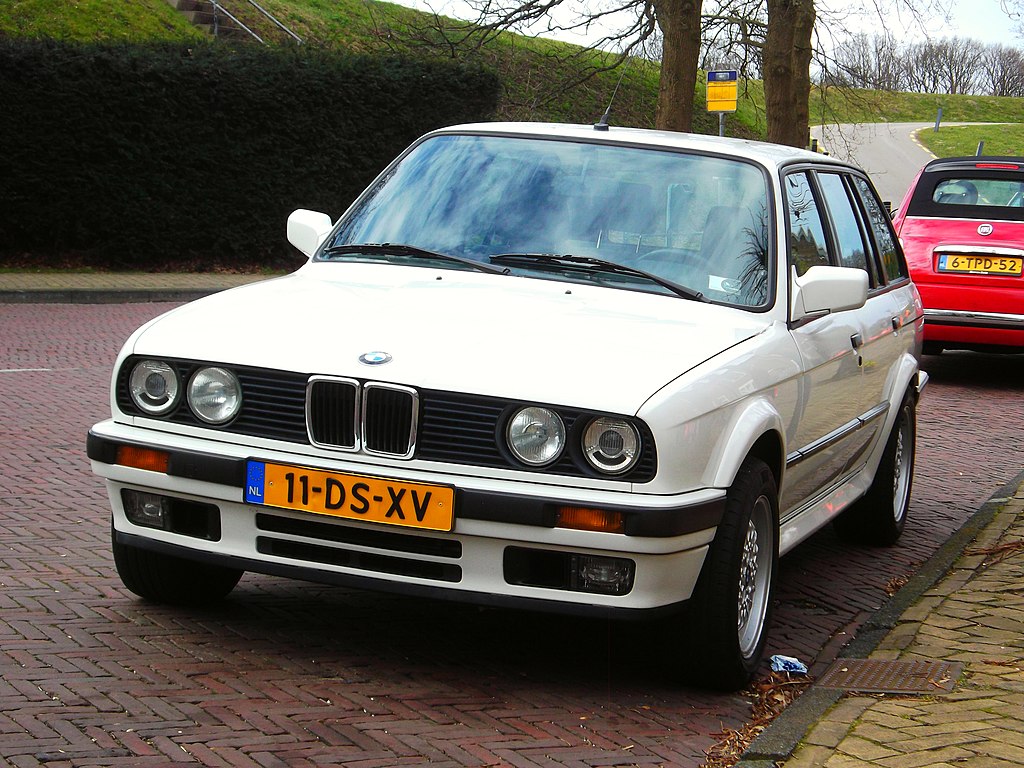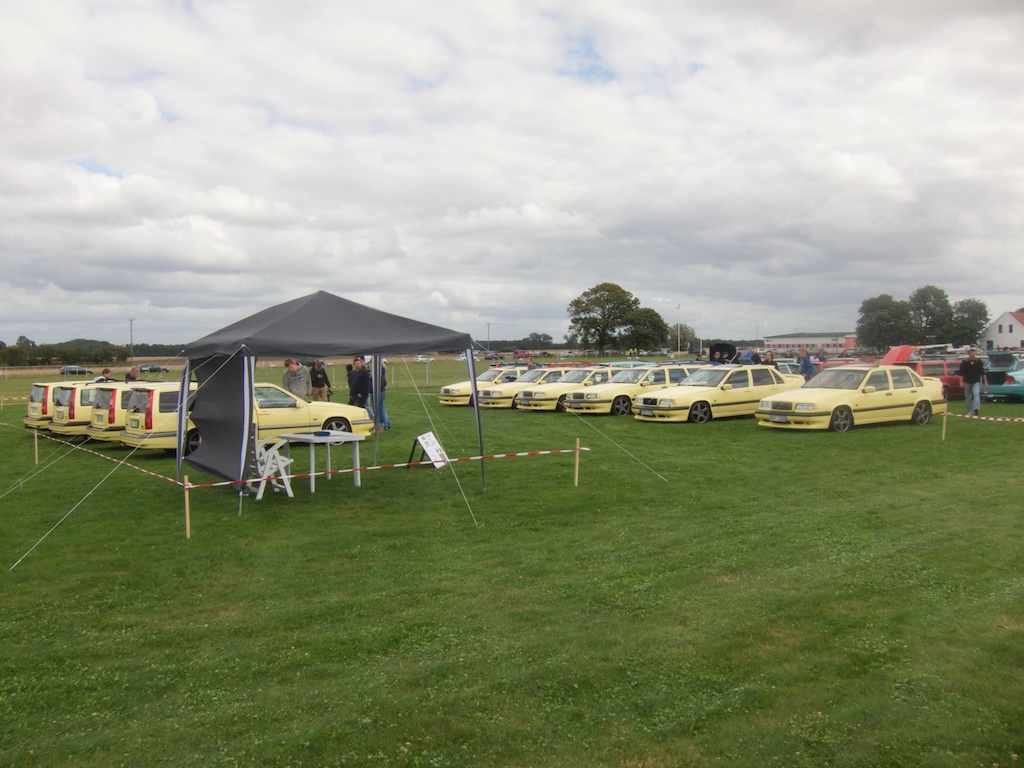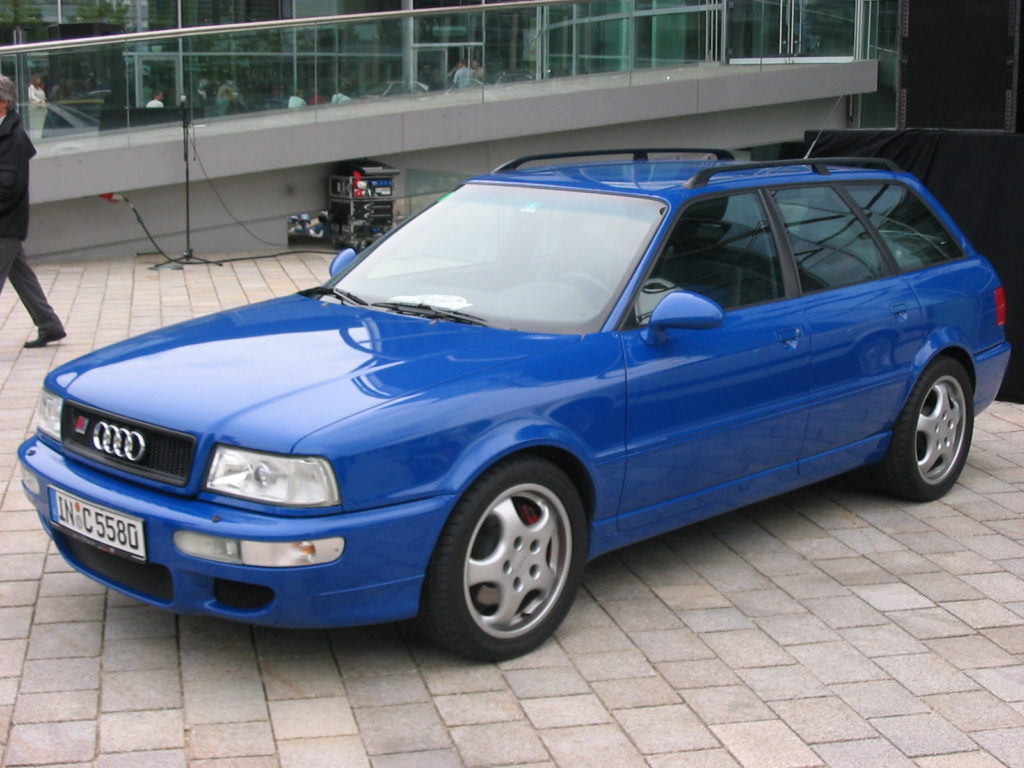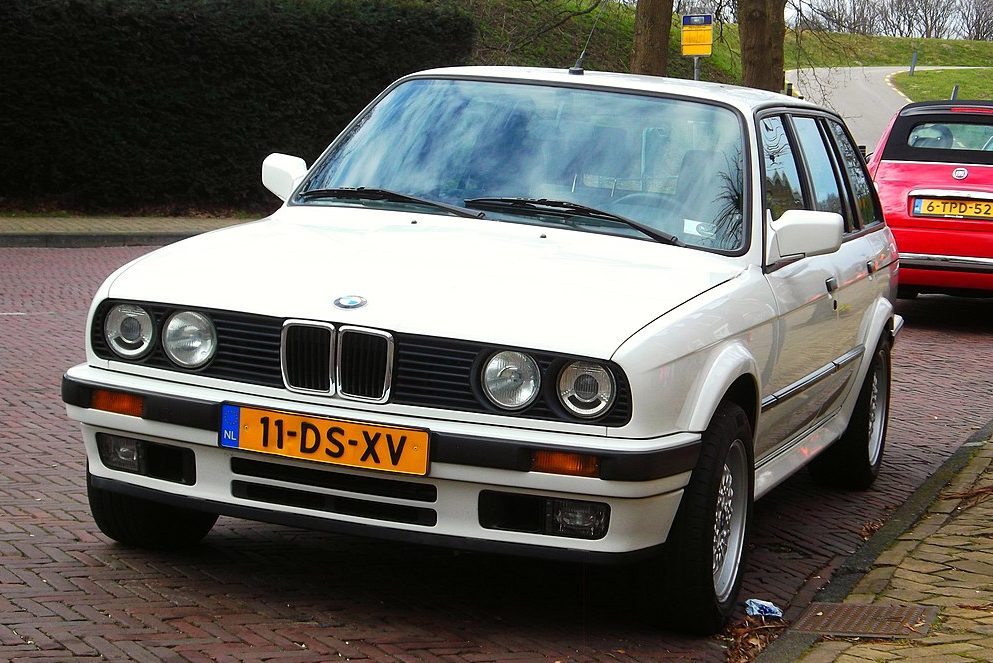After several years of cooling off pre-COVID, the collector car market zoomed up since 2020, with sales at RM Sotheby’s Monterey Classic Car Auction in 2023 at $148.5M, up a sizable 19% percent over its previous year’s results. If you’ve always wanted to kick your auto enthusiasm into high gear, this MOTTO guide will help you launch the vintage car collection you’ve always been dreaming about.
By Will Hornick, Motto Editor-at-large
Over the past year, Generation X-ers and Millennials have been doing more purchasing than baby boomers. These younger buyers are also purchasing a greater variety of cars, corresponding to the eras in which these younger buyers first had formative experiences with automobiles. This willingness to broaden the collectable group of car models represents an opportunity, particularly for the entry-level collector, as cars of the early to mid-90s age toward eligibility for import into the U.S as classics.
Discussions concerning which cars will become sought after classics are rife with disagreement. In this article, we look at four car models that either weren’t sold in the U.S. or weren’t available with a sought-after option such as a manual gearbox in the case of the Volvo. We’ve chosen four European car models that all have a cult following, had relatively low production numbers, and are increasing in value.
This willingness to broaden the collectable group of car models represents an opportunity, particularly for the entry-level collector

E30 BMW 325ix Touring
Many enthusiasts consider the e30 3-series to be the pinnacle of sporty rear-wheel-drive handling. The e30 M3 is already a legend and well-maintained examples are bought and sold by experienced collectors for six-figure sums. Though much less known, BMW also made an all-wheel-drive e30 3-series – the 325ix. Unlike other contemporary manufacturers of AWD systems, BMW managed to maintain a RWD bias in its system by splitting the power in a front to rear ratio of 37/63 enabling the ix variant to have the same sporty feel of the rear-wheel-drive cars but with the added benefit of having traction on slippery winter roads. In production from 1986 to 1991 utilizing a 2.5-liter straight six engine, less than 30,000 were produced in total globally. A few thousand sedans were sold in the U.S. but the touring (wagon) version never made it out of Europe. Clean examples can be found for 17 – 25,000 USD – less if you’re looking to do some restoration work. The limited production, combined with the utility of the car and its place in the e30 family make it a good candidate to become a well regarded collectible.

1995 Volvo 850 T-5R
The Volvo 850 is often thought of as a robust, boxy, grocery-getter. It represented Volvo’s reputation for safety, dependability and functionality. As any owner of an 850 wagon knows, the carrying capacity is remarkable. While the car’s reputation as a practical people carrier is well deserved, the 850 also had a performance side. In 1994, Volvo competed in the British Touring Car Championship (BTCC) with its 850 but as a stunt to garner even more attention, Volvo entered with two wagons based on the 850 Turbo with a 2.3 liter, 5 cylinder, turbocharged engine.
The most iconic 850 is the 850 T-5R. Available as both a sedan and a wagon but only for the 1995 model year, the car came in just three colors: Olive Green Metallic, Stone Black, and the very recognizable Cream Yellow (shown above). The engine had been tuned to produce 240 hp, 18 more than the normal turbocharged model. U.S. market cars only came with an automatic transmission. The European market was luckier and as this car nears the age of import eligibility, having one with a factory-equipped manual gearbox is soon to become a reality. These cars have a strong enthusiast community, particularly for the Cream Yellows. Worldwide, less than 7,000 T-5Rs were produced. Of those, only approximately 2,000 came with manual gearboxes. The T-5R has started to increase in value but manual gearbox-equipped examples in Europe can be purchased for less than 10,000 USD.

Lancia Delta HF Integrale Evolution II
The Lancia Delta had its debut back in 1979 and earned a stellar reputation in rally racing. After the Group B category of Rally Racing was shut down in 1986, Lancia decided to continue racing in Group A and developed an all-wheel-drive platform to meet the rules. The Group A rules mandated that 5000 road-worthy examples had to be produced for homologation purposes so Lancia released the Delta HF Integrale which gained a great reputation as a driver’s car. The most sought after of these all-wheel-drive models is the last version of the rally car, the Delta HF Integrale Evolution II available only from 1993 – 1994. Lancia slightly improved the 2-liter turbocharged engine’s output over the earlier Evolution model to make an impressive 215 hp and 230 lb-ft of torque. Only 2,481 Evolution II cars were made and that number includes several special edition variants that continued to be sold in 1995. Well-maintained examples of these can be found in Europe and Japan for 40 – 50,000 USD but as with many Italian cars of this vintage, rust is a major issue. Be careful of hidden or poorly done rust repairs.

Audi RS 2
The Audi RS 2 was actually made in cooperation with Porsche who supplied the brakes, suspension and 6-spd manual gearbox as well as some of the go-fast know-how. The 2.2 liter 5 cylinder made 315 hp and the car was capable of doing 163 mph. It was only made from 1994 – 1995 with total production numbers fewer than 2,900. At the time, it was a remarkable sport wagon capable of going head to head with contemporary Ferraris. Even compared to modern cars, a 0-60 mph time of 4.8 seconds is still impressive. The car is not for the faint of heart and as with many of these earlier turbocharged cars, turbo lag is a characteristic of the engine.
An exceptionally nice example can set you back 75,000 USD but there are a number of more reasonably priced ones for sale for around the 40,000 USD mark, particularly in Germany. Of the four cars discussed, the RS 2 is at the top of the price scale. That said, it is considered to be among the greatest sport wagons ever built and is revered in the automotive enthusiast communities.
Any of these four future collector cars would make for a great excuse to travel to Europe to find the right one to import. Why not own a rare example of automotive history?
